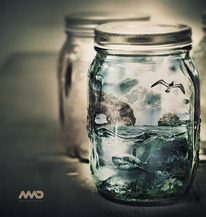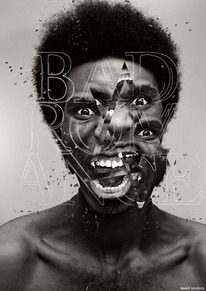Interactive media is the fastest growing type of design out there today. From app building, to websites, to online/video gaming, design has been taken to a whole new level. For some, the idea of having to figure out how to use CSS and HTML coding on top of your design process, may seem ambiguous and even intimidating. However, because web presence is such a rapidly growing market, it seems to be standard to at least know the basics before getting into the design part. In Dabner, Stewart, and Zempols Graphic Design School, a great planning phase and flowchart is shown to get us designers thinking about these processes. Wireframing, can be very similar to the sketches print designers begin with. Done by hand, visualizing the dimensions of the website instead of the page, sign, package, etc. Then mockups can be brought into the computer and sometimes exporting these as jpegs copies to show your client, is helpful. The sites development (what happens when this gets click, or I move my mouse here, etc.) can either be done by hand coding, helpful host sites, or by working with a developer. The process and output can be just as much work or more than the printing processes, and yet the outcome tends to be much more experiential.
When researching a little more about what makes a website stand out, and how the web design process works, I came upon an article on HongKiat, by Poonam (she is a Product Manager at Harbinger with a degree in Computer Engineering). I found the analogy she used in the beginning of this post to be very helpful when thinking about interactive design in the eyes of the consumer. She compared websites to grocery stores, stating that though they both may have the same food and prices, one store could be chosen over the other almost always, simply because of the user experience (eg. costumer service, coupons, free samples, etc.). Website experience can be a lot like this in that your website may contain the same content as another, but because of the personal touches that allow for entertainment and interesting interaction and transitions, yours may be favored. Examples of these enhancements often include the shifts made between different sections off of the main page of your site, or three-dimensional “flip books”. Nowadays, really any interactive experience you can think of can usually be created, or if not, it will be able to be in the next few years. (http://www.hongkiat.com/blog/importance-of-web-interactivity-tips-and-examples/)
















